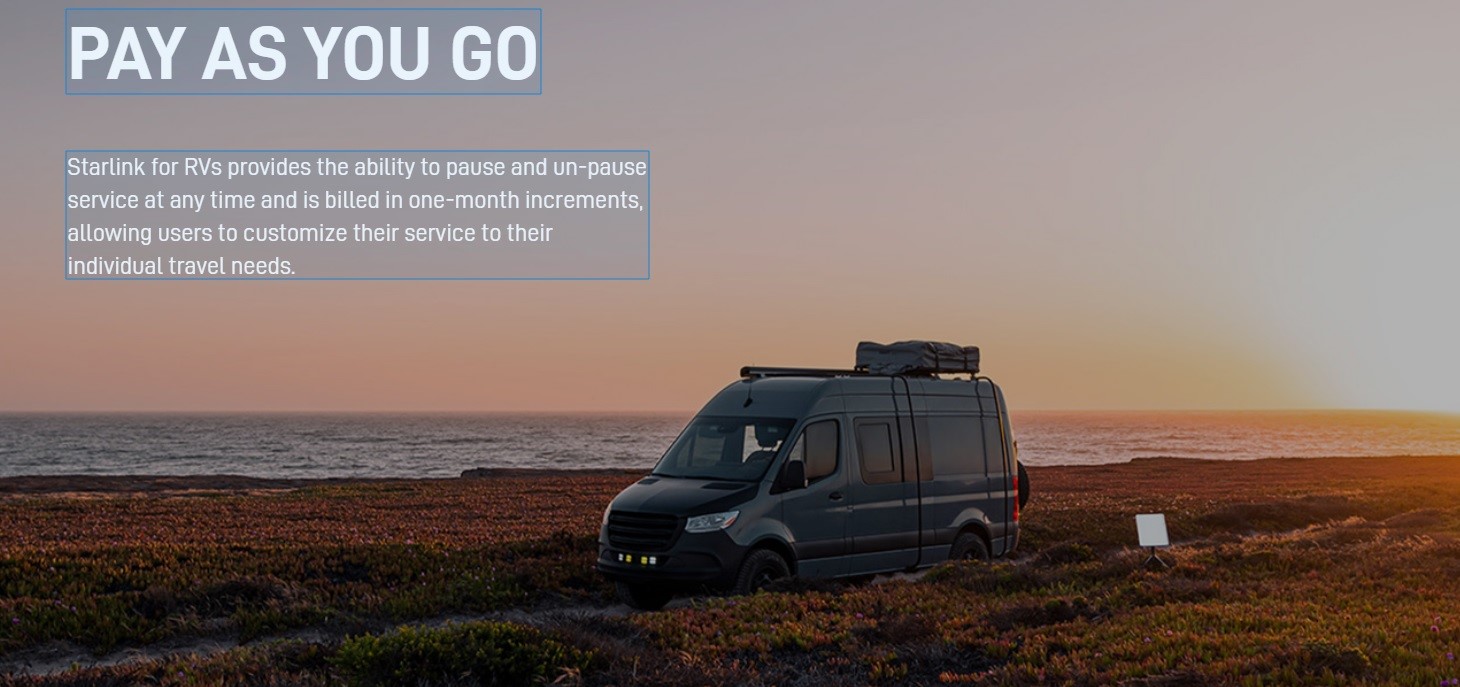- The FCC said on Thursday that Starlink is now authorized to beam broadband into moving vehicles.
- Starlink now can be used in moving boats, planes, and cars.
The US Federal Communications Commission (FCC) authorized SpaceX to increase the reach of its services after approving Starlink, a low Earth orbit (LEO) satellite broadband service, to offer internet access on moving ships, planes, and vehicles.
According to reports, in March 2021, SpaceX asked for permission to use Earth Stations in Motion (ESIM) Starlink terminals in moving spacecraft.
“authorising a new class of terminals” for Starlink “will expand the range of broadband capabilities to meet the growing user demands that now require connectivity while on the move”
The FCC stated
It listed other activities that would profit from the increased coverage, including cross-country travel, “shipping a freighter from Europe to a US port,” and in-flight internet.
In the US, Starlink currently offers a service for motorhomes, but it’s not intended to function when the vehicle is in motion; rather, it targets locations with spotty or nonexistent broadband connectivity.
The FCC also granted a similar request from Kepler Communications, a different satellite provider.
The 12GHz frequency will be utilised by Keppler and Starlink for the new services.
In an accompanying letter to the FCC, SpaceX’s senior director of satellite policy, David Goldman, wrote:
“A high-power terrestrial network would blow out anyone using the high-sensitivity equipment satellite consumers must use to receive signals that comply with [FCC] and international power restrictions on satellite downlink transmissions.”
According to Mr. Musk, Starlink will eventually give coverage in all 195 nations. Currently, it is available in 36 countries.
The majority of users are currently located in remote regions, areas affected by natural disasters, and regions where there is geopolitical strife. Due to Russia’s invasion of the country in eastern Europe, more than 1% of users are headquartered there.

